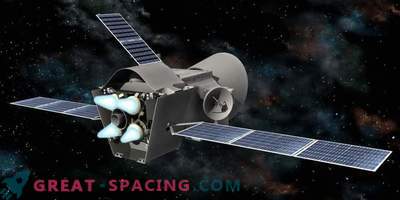
On October 19, the European and Japanese space agencies launched the first mission for Mercury. However, engineers and scientists will have to wait a long 7 years before the device approaches the planet. But why? Why wait so long?
The BepiColombo mission went on a long cruise because it is difficult to establish a successful orbit around our tiny neighbor. Engineers only in 1985 found out how the trajectories of the planets are consistent.
The problem is the tinyness of Mercury and its proximity to the Sun. This means that the planet revolves around the star too quickly and the ship will have to somehow catch up with the first world. However, the force of gravity of the Sun will attract the apparatus to itself, therefore, BepiColombo is forced to brake specifically so as not to lose its course.
To cope with the double challenge, BepiColombo operators have carefully developed a combination of solar energy, chemical fuel and planetary aircraft maneuvers to direct the mechanism to the correct course. The ship will have to spend more fuel than when flying to Pluto, and the road will take 7 years. A series of missions includes one flyby of the Earth in April 2020, two around Venus - 2020-2021. and six around Mercury - 2021-2025. These spans will allow engineers to test the functionality of all devices.
In December, BepiColombo will enter orbit in a tiny world. At that moment, the probe will be divided into two spacecraft: the planetary orbiter MPO and the Japanese magnetospheric apparatus (MMO). They will be installed in orbit and begin circling the planet in 2.3 hours (MPO) and 9.3 hours (MMO). If all goes according to plan, then the 16 tools will collect a lot of valuable information about Mercury and the formation of the Solar System.











































